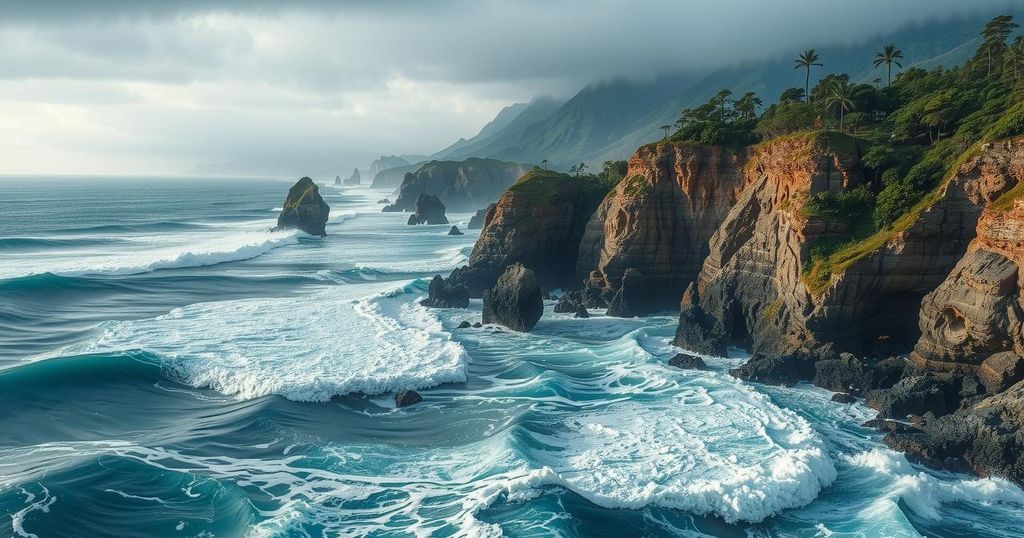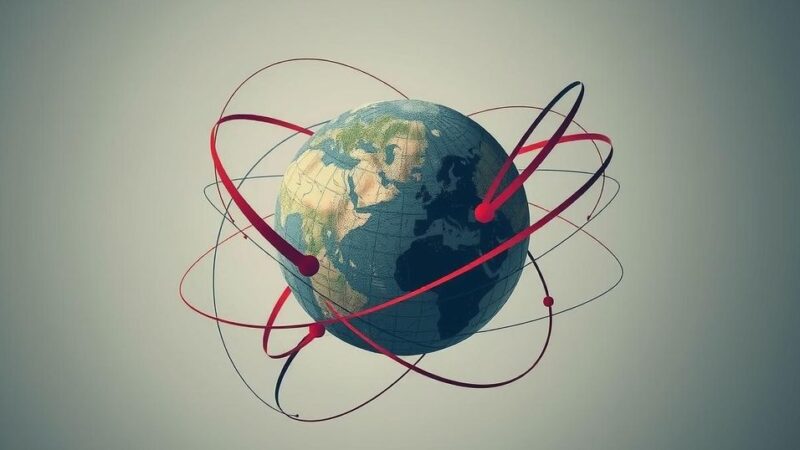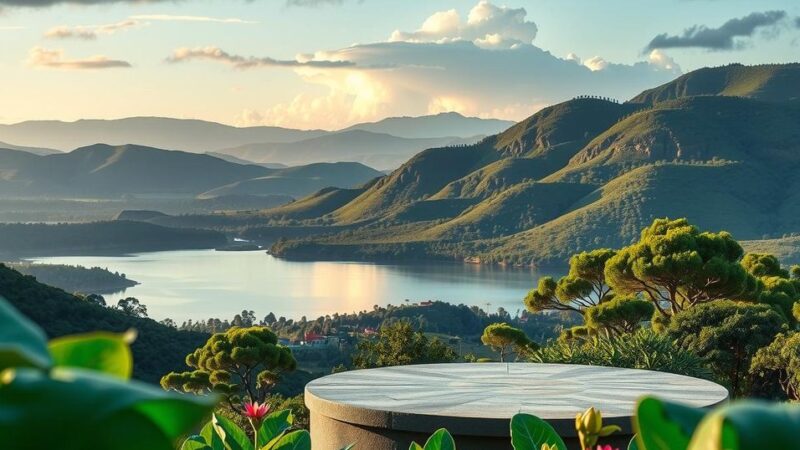The December 5 earthquake off Cape Mendocino, measuring 7.0 in magnitude, raised questions about tsunami generation. Unlike major subduction zone quakes that create significant vertical displacements, this quake’s strike-slip motion along the Mendocino Fracture Zone did not trigger a tsunami. Historical data indicates a pattern of seismic activity in northern California with varied implications for tsunami risks.
On December 5, a significant 7.0 magnitude earthquake struck offshore near Cape Mendocino, prompting inquiries regarding its potential destructiveness. Notably, over the past century, the area has experienced seven earthquakes of similar magnitude, indicating such occurrences are not rare. However, the absence of a tsunami following this quake raises an important discussion about tsunami generation mechanisms.
Tsunamis typically result from substantial vertical displacements of the sea floor, predominantly during large subduction zone earthquakes occurring at major Pacific Ocean trenches like the Aleutian and Japan trenches. In these instances, the interaction between the thin, dense offshore Pacific Plate and the adjacent continental plate, such as the North American Plate, causes the continental edge to sink, forming a trench. Eventually, accumulated stress along these tectonic boundaries leads to seismic events, displacing ocean water and generating tsunami waves that can travel rapidly.
The recent earthquake off Cape Mendocino is attributed to lateral strike-slip motion along the Mendocino Fracture Zone, which minimally affects vertical shifts, thus failing to produce a tsunami. In contrast, the nearby Cascadia Subduction Zone possesses the capability to generate major earthquakes and consequent tsunamis. Historical records and sediment core studies reveal a repeat occurrence of significant events approximately every 300 to 500 years, with the last major quake in January 1700. This geological inactivity demonstrates our inability to predict future seismic events accurately.
The implications of such tsunamis for local communities are of utmost importance, as illustrated in the book co-authored with my wife, “Between Paradise and Peril: The Natural Disaster History of the Monterey Bay Region.” This work chronicles the history and effects of natural disasters, including seven noteworthy tsunamis impacting the Monterey Bay region in the last 125 years, particularly the devastating ones in 1946 and 1964 stemming from the Aleutian Trench.
In summary, while large earthquakes occur periodically along the northern California coast, the resulting tsunami generation is contingent on the nature of the tectonic movement. The 7.0 magnitude earthquake did not produce a tsunami. Continued research and awareness are vital in understanding and preparing for potential tsunami risks in coastal regions.
The discussion of earthquakes and tsunamis in this context emphasizes the geological processes involved in tsunami generation. Earthquakes generally fall into two categories based on their motion: vertical and lateral. Tsunamis are typically produced only by earthquakes that involve significant vertical displacement. The absence of tsunamis from recent earthquakes like the one off Cape Mendocino serves to remind us of the varied geological factors at play in seismic activity, particularly in relation to subduction zones and lateral fault lines. Understanding local history and past tsunami events provides insight into potential risks and aids in preparedness for future incidents.
In conclusion, while significant seismic events occur in coastal California, not all earthquakes result in tsunamis. The earthquake on December 5 illustrates this principle, as it originated from lateral movement along the Mendocino Fracture Zone rather than vertical shifts that typically generate tsunamis. Continued research and public awareness are essential for mitigating risks associated with potential tsunami threats in the region, considering the historical context and geological characteristics that influence these natural events.
Original Source: www.santacruzsentinel.com






